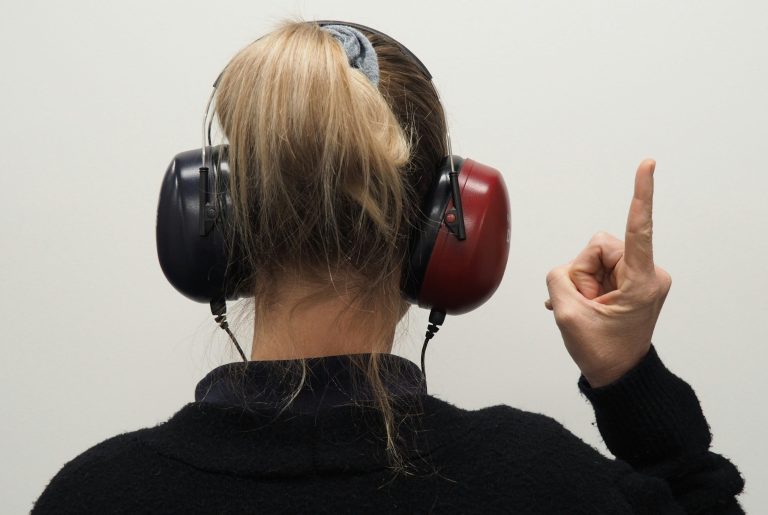

As Deaf Awareness Week 2025 gets underway, the Lending Standards Board (LSB) has released its annual review into how the UK financial services sector is addressing the accessibility needs of deaf and hard of hearing customers.
The findings show encouraging momentum, but also underline a need for deeper inclusion practices across the industry.
The latest update builds on the LSB’s 2023 report, which identified barriers faced by deaf individuals when accessing financial services. It was compiled with input from the Deaf Inclusion Industry Group—an initiative formed after the 2023 report comprising 34 organisations including banks, building societies, digital lenders, insurers and support charities—and Signing Banks UK, a platform that consolidates deaf-accessible financial services.
The 2025 findings indicate that certain basic accessibility tools are now widespread. Text relay services are available through 97% of group members, and hearing loops are installed by 84% of firms with physical branches. Instant British Sign Language (BSL) translation in call centres is provided by 73%, with 63% offering in-branch instant BSL translation. Meanwhile, 50% of firms can arrange in-branch BSL interpreters and 45% offer video relay service (VRS) call-backs.
A number of firms have recently stepped up their efforts: 27% of those offering BSL in call systems and 38% of those with VRS call-back introduced these services within the past year.
LSB chief executive Emma Lovell said, “The progress on supporting deaf customers in the financial services sector over the last two years has been positive – though there is still a long way to go before deaf or hard of hearing customers have the same level of access to financial services as those whose hearing isn’t impaired.
“Being deaf or hard of hearing can have a significant impact on someone’s ability to achieve the right outcome when they engage with a financial services provider. Not being able to hear conversations in branches or on the phone can be an obvious challenge. Less obvious perhaps – particularly to those who aren’t deaf – is the fact that BSL isn’t just a signed version of English; it’s an entirely different language. Some of those who rely on BSL may not be able to understand the letters or communications in written English that the sector has historically used to communicate with deaf customers.”
Lovell emphasised two priorities moving forward: ensuring lived experience informs new product development and embedding a lasting cultural shift. Only 25% of the organisations surveyed involved deaf individuals in service development in the past year. Training must also become more sustained and systemic, and tools must be functional and properly used, she said.
The report reveals internal engagement is growing. Over the past two years, 74% of respondents said they had communicated internally about deaf accessibility, 67% have offered training, and 41% have published on-demand guidance on internal platforms. Another 10% are developing new training materials.
Kathryn Townsend, chair of the Deaf Inclusion Industry Group and head of customer vulnerability at Nationwide said, “Two and a half years since the formation of the Deaf Inclusion Industry Group, I continue to be impressed by the progress we’re making. We’ve grown from 12 to 34 firms, estimated to cover the majority of UK consumers. This year’s survey responses once again reinforce what we’ve come to learn: that with a clear focus, regular collaboration, and access to the right expertise, meaningful change is possible.”
Keep up with all the latest FinTech news here
Copyright © 2025 FinTech Global
Investors
The following investor(s) were tagged in this article.


